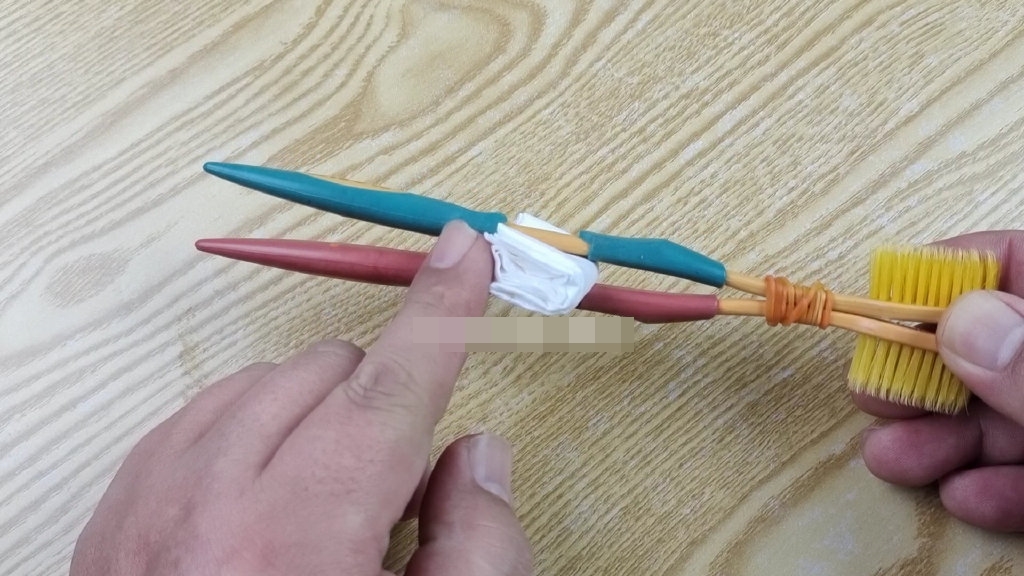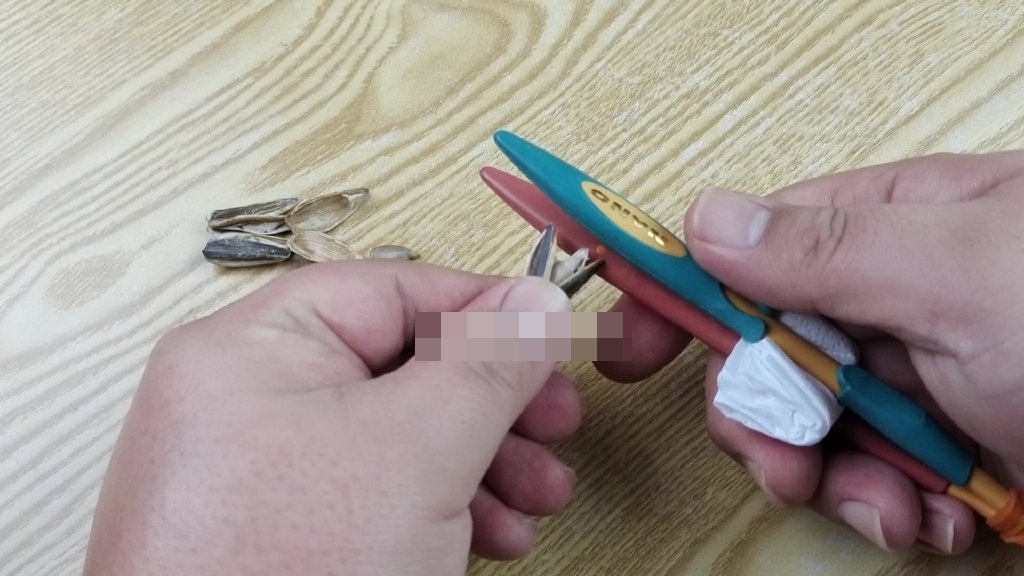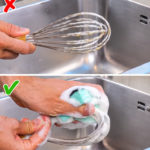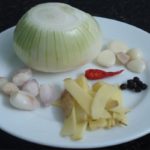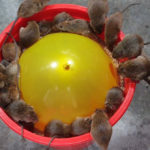Toothbrush is an essential personal item in our daily lives. Normally, toothbrushes should be replaced every two months to ensure oral health. However, these old toothbrushes should not be thrown away, as they can be easily repaired and transformed into household treasures.
First, use an elastic band to tie two toothbrushes together and position them facing each other. This way, after a simple modification, it will become a practical tool.
First use: Easy Cup Cleaning
Usually, when we clean a cup, it is difficult to clean the bottom of the cup. The inner walls are small and deep, making it impossible to reach in and wash. After cleaning, the bottom of the cup still remains dirty.
Now we can use this small tool to clean it, as long as the toothbrush head is attached to the inner wall of the cup. It will be very convenient to scrub, making it easy to clean the cup. Additionally, when moved, both toothbrushes work together, allowing for cleaning both the inside and outside at the same time.
Second use: Stainless Steel Faucet Cleaning
When cleaning the faucet, you can also use this small tool to scrub. Especially the handle position, dirt easily hides in these crevices that cannot be cleaned in the usual way.
Now, tie the two toothbrushes together and place a paper towel between them to turn it into a small cleaning tool.
Third use: Peeling Pumpkin Seeds
We often use our hands to peel pumpkin seeds, remove peanut shells, but with this design, you just need to place the seeds between the two toothbrushes and press gently to easily separate the seeds. Especially for those who have done their nails, this method can be used to peel pumpkin seeds without damaging the nails.
According to An Nhiên – Vietnamnet
